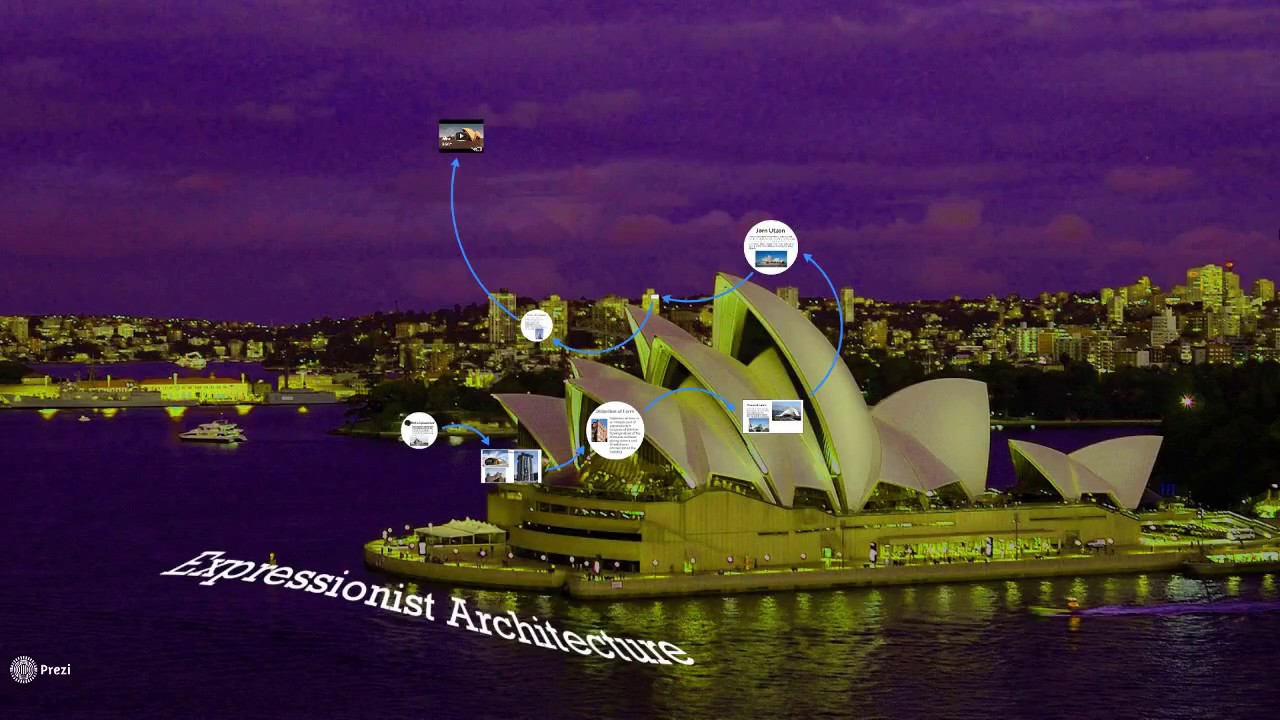Structural Expressionism - The Art Of Structural Form
Structural Expressionism is a style of building design that shows off the building's structure and engineering by making them stand out in the final design.
Author:George EvansApr 05, 202366.6K Shares1M Views

Structural Expressionismis a design philosophy that celebrates the structural and engineering aspects of a building, making them visible and celebrated in the final design.
This movement emerged in the late 20th century as a response to the International Style, which prioritized simplicity and minimalism.
Structural Expressionist architects sought to create buildings that reflected their materiality and structure, and they used innovative techniques to achieve this goal.
What Is Structural Expressionism
Structural Expressionism is an architectural style that emerged in the 1950s and 1960s as a response to the principles of Modernism. It is characterized by the use of exposed structural elements as a means of expressing the building's function and purpose.
This style emphasizes the structural components of a building and makes them an integral part of the design, rather than hiding them behind non-structural elements such as cladding or decorative features.
Structural Expressionism seeks to create a raw and honest aesthetic by exposing the structural framework of the building. It often employs the use of industrial materials such as steel, concrete, and glass, which are left exposed and unpainted.
This approach emphasizes the natural qualities of these materials and their ability to create a striking visual impact. The style has been used for a variety of building types, from commercial and institutional buildings to residential homes.
The style was particularly influential in the United States, where architects such as Louis Kahn, Paul Rudolph, and Marcel Breuer helped to popularize it. It was also embraced by architects in Europe and Asia, where it has been used in the design of many iconic buildings.
Characteristics Of Structural Expressionism
The primary characteristic of Structural Expressionism is its emphasis on the structure of a building. Architects who follow this philosophy believe that a building's structure is an integral part of its beauty, and it should be expressed in the final design.
This is accomplished through the use of exposed beams, trusses, and other structural elements that are typically hidden in other styles. The result is a building that appears to be more complex and interesting than those that use conventional construction methods.
Another characteristic of Structural Expressionism is the use of innovative materials and techniques. These architects are willing to push the boundaries of what is possible with building materials, often using materials in unexpected ways.
For example, the Centre Pompidou in Paris, which is widely considered one of the most important examples of Structural Expressionism, features an exterior that is clad in brightly colored pipes that house the building's mechanical systems.
Examples Of Structural Expressionism
One of the most famous examples of Structural Expressionism is the Centre Pompidou in Paris. Designed by architects Renzo Piano and Richard Rogers, the building opened in 1977 and quickly became one of the most iconic buildings of the 20th century.
Its innovative use of materials and celebration of its structure made it a prime example of the Structural Expressionist style.
Another example of Structural Expressionism is the Lloyd's Building in London. Designed by Richard Rogers and Partners and completed in 1986, the building features an exposed steel frame and a glass façade that allows visitors to see the building's internal structure.

Expressionist Architecture
The Future Of Structural Expressionism
Structural expressionism is a movement in architecture that emphasizes the use of structure as the basis for architectural form and expression. While it emerged in the 1980s, it continues to influence contemporary architecture and will likely play an important role in the future of the field.
One of the main reasons for the ongoing relevance of structural expressionism is its emphasis on sustainability. By using structure as the basis for architectural design, architects can create buildings that are more efficient, use fewer materials, and have a lower impact on the environment.
This is especially important given the growing concern about climate change and the need to reduce greenhouse gas emissions.
Another reason for the continued importance of structural expressionism is the rise of digital design and fabrication technologies. With these tools, architects can more easily create complex, structurally expressive forms that would have been difficult or impossible to realize in the past.
This opens up new possibilities for architectural design and allows architects to push the boundaries of what is possible.
In addition, structural expressionism is well-suited to the demands of contemporary urban environments. Many cities are facing issues such as limited space, a need for greater density, and a desire for distinctive architecture that can help create a sense of place.
Structural expressionism can help address these challenges by creating buildings that are efficient, visually striking, and that respond to the unique context of their surroundings.
Looking ahead, it is likely that structural expressionism will continue to play an important role in architecture, especially as the field continues to evolve and new technologies become available.
By emphasizing structure as the basis for architectural design, architects can create buildings that are both visually striking and sustainable, and that respond to the unique challenges and opportunities of their surroundings.
People Also Ask
What Are The Characteristics Of Structural Expressionism?
Structural Expressionism is characterized by the use of exposed structural elements such as beams, columns, and trusses as an integral part of the design.
It emphasizes the structure of the building as a key element of its aesthetic and often incorporates industrial materials like steel and concrete.
Who Are Some Famous Architects Associated With Structural Expressionism?
Some notable architects associated with Structural Expressionism include Norman Foster, Richard Rogers, Renzo Piano, and Santiago Calatrava.
How Does Structural Expressionism Differ From Brutalism?
While both movements emphasize the use of exposed structure and materials, Brutalismoften uses raw, unadorned concrete to create a rough and austere aesthetic, while Structural Expressionism may incorporate a wider range of materials and finishes.
What Are Some Notable Examples Of Structural Expressionist Architecture?
Notable examples of Structural Expressionist architecture include the Centre Georges Pompidou in Paris, France; the Bank of China Tower in Hong Kong; and the Lloyd's Building in London, UK.
How Has Structural Expressionism Influenced Contemporary Architecture?
The emphasis on structural elements and materials continues to be a key feature of contemporary architecture, with many architects continuing to draw inspiration from Structural Expressionism in their designs.
Advances in technology and construction techniques have also allowed for even more daring and innovative structural designs.
Final Thought
Structural Expressionism is a design philosophy that celebrates the structure and engineering of a building.
Its emphasis on innovative materials and techniques has led to some of the most iconic buildings of the 20th century, and it continues to inspire architects today.
As the construction industry continues to evolve, it will be exciting to see how Structural Expressionism evolves with it.

George Evans
Author
George Anderson, an exceptional architectural designer, envisions and brings to life structures that transcend the realm of imagination. With an unwavering passion for design and an innate eye for detail, George seamlessly blends form and function, creating immersive spaces that inspire awe.
Driven by a deep appreciation for the interplay of space, light, and materials, George's innovative approach redefines the possibilities of architectural design. His visionary compositions leave an indelible mark, evoking a sense of wonder and transforming the built environment.
George Anderson's transformative designs and unwavering dedication continue to shape the architectural landscape, pushing the boundaries of what is possible and inspiring generations to come.
Latest Articles
Popular Articles